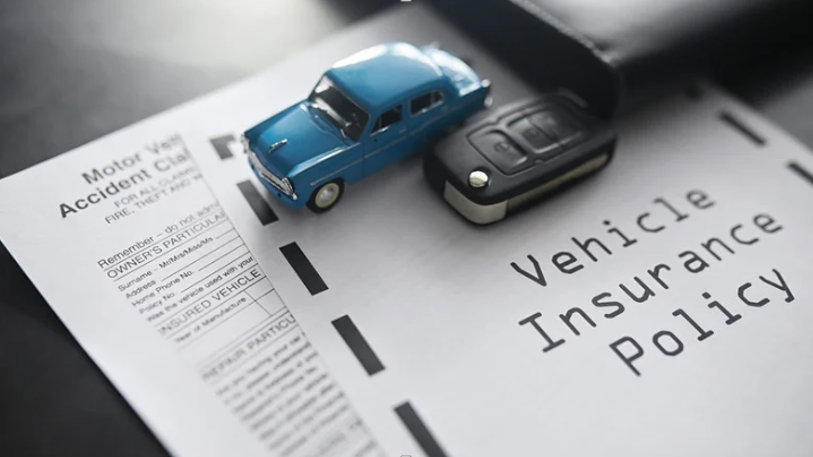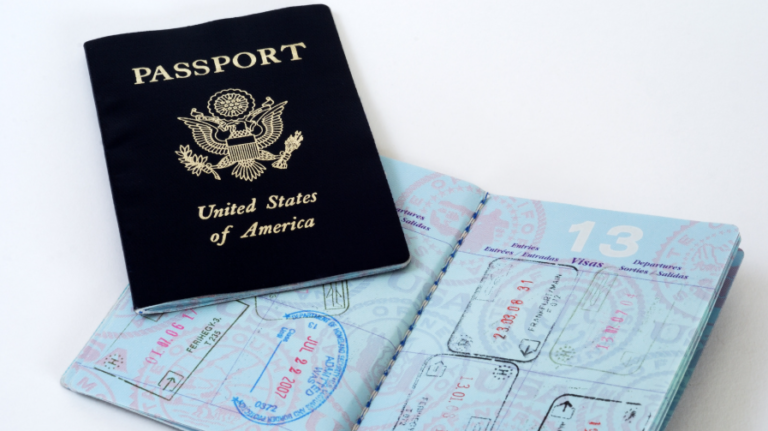Navigating the Claims Process: What to Expect After an Auto Insurance Incident
When an accident happens, the aftermath can feel overwhelming. Beyond addressing vehicle damage or potential injuries, navigating the claims process is a crucial step toward recovery. Understanding how the system works helps reduce stress and ensures timely resolution. Being prepared with the correct information also allows policyholders to communicate effectively with their insurance company. For drivers with auto insurance in Decatur, GA, this knowledge is especially valuable in safeguarding financial well-being.
Reporting the Incident
The claims journey begins with prompt reporting. Once an accident occurs, contacting your insurance provider promptly is crucial. Most insurers have 24/7 hotlines or online portals to streamline this process. Having your policy number, accident details, photos, and police reports ready helps expedite the claim process. Timely communication also prevents unnecessary delays and demonstrates cooperation with your insurer.
The Claims Assessment
After the initial report, an adjuster is assigned to investigate the claim. They will evaluate damages, review accident reports, and sometimes interview witnesses. This stage determines the extent of coverage and the compensation you may receive. At this point, many policyholders also review coverage details. For example, those who know the essential questions to ask when buying auto insurance often find themselves more confident during this step because they clearly understand deductibles, limits, and exclusions.
Repair and Settlement Process
Once damages are assessed, the insurer provides a repair estimate and outlines settlement options. Policyholders may have preferred repair shops or use insurer-approved facilities. Payments may go directly to the repair shop or to the policyholder, depending on the agreement. Transparency during this stage ensures there are no surprises when settling final costs.
Additional Considerations
Auto insurance does more than cover accidents. Policies often include protection from natural disasters, theft, or vandalism. The role of auto insurance in protecting against natural disasters underscores how coverage can extend beyond collisions to safeguard vehicles from unforeseen events, such as floods, storms, or earthquakes. For drivers, this reinforces the importance of comprehensive policies that address broader risks.
Maintaining Communication with Your Insurer
Throughout the process, clear communication with your insurance provider is crucial. Following up on claim status, responding to inquiries promptly, and keeping personal records of all interactions builds accountability. This step also ensures policyholders remain updated on potential delays or additional documentation requirements.
See also: Role Of Healthcare Contact Center Services In Accelerating Business Growth
Common Mistakes to Avoid
One of the biggest mistakes drivers make during the claims process is failing to report an incident promptly. Others may fail to provide accurate details, which can slow down processing or even risk claim denial. Overlooking the fine print of coverage, such as exclusions for certain damages, can also lead to financial surprises. By understanding the policy and avoiding these missteps, policyholders ensure smoother and more effective claim handling.
Conclusion
Filing an insurance claim after an auto incident may seem complex, but understanding each step simplifies the process. From reporting the incident to receiving a settlement, preparation and clear communication help achieve a smoother experience. Auto insurance is not only about compliance; it provides financial protection, peace of mind, and broader coverage for risks beyond everyday driving. By staying informed and proactive, policyholders can navigate the claims process with confidence and ensure their coverage works when it is needed most.






